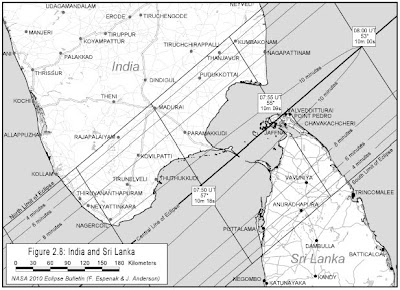A great start to the new year comes with this bright meteor shower.
Generally peaking in January's first week, this time the day is today, 3rd of Jan.
Unfortunately, the pre-dawn hours which were best for observing the shower, were overcast in Pune.
Nevertheless, some interesting facts I could dig up about the Quarantids:
The lost constellation:
The name Quarantids comes from the constellation Quadrans Muralis. This one was take off the charts by the IAU long ago and merged into Bootes. Understandably so, since it seems very troubling to visualise. If you still want to search for it, it looks like a Quadrant (an old navigational instrument) in that empty looking region of sky, surrounded by Bootes, Ursa Major, Ursa Minor, a part of Draco , Hercules , Corona Borealis.
This is where the radiant of this shower is found.
But even though the constellation obsoleted, the name is still given to the meteors, so as not not confuse them with Bootids which have their radiant in Bootes and peak in January and June.
Sharp peak:
The peak of this meteor shower is very short lived. It lasts for a short time and the highest count so far has been 80. Also, the timing suits viewing from the far Northern lattitudes most suitable, but the prohibitively cold whether there affects obeservation of this shower adversely.
However these meteors are some of the brightest.
Scientists have gone above the clouds in jets to observe this shower, and some who braved the Arctic cold have got brilliant pics like the one
here showing meteors on the foreground of the Aurora Borealis
The orbit of the asteroid 2003 EHI , whose debris forms the meteors, cuts earth's orbit at a near perpendicular angle, hence the sharp peak.
Listening for Quarantids: Using RADAR to get through the clouds and listen for reflections off the meteors' dust trail, researchers have observed these meteors even in foul weather. The USAF is also playing out their recordings live on the net
over here. They also catch satellites.
More from that region of the sky soon.
!X!
.jpg)
